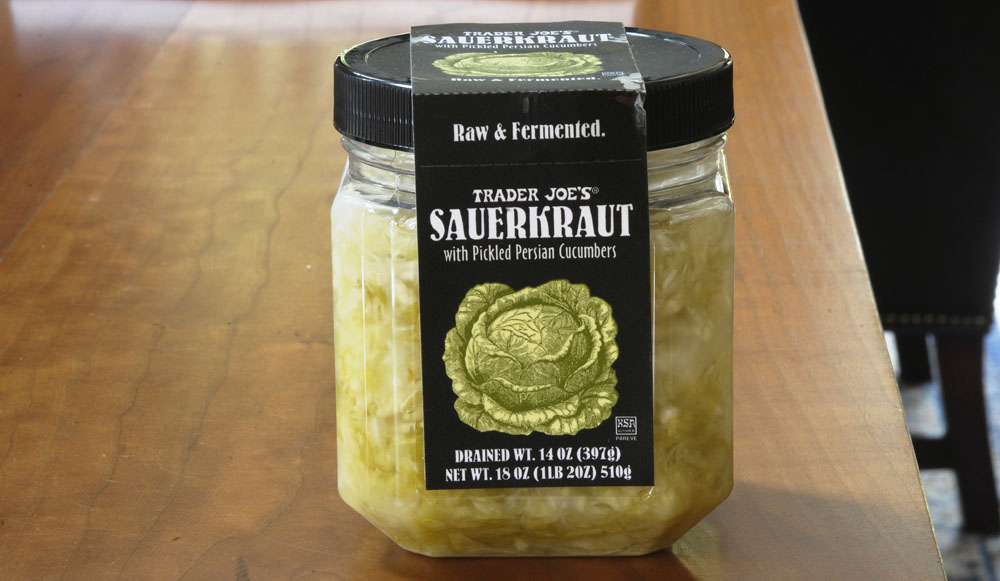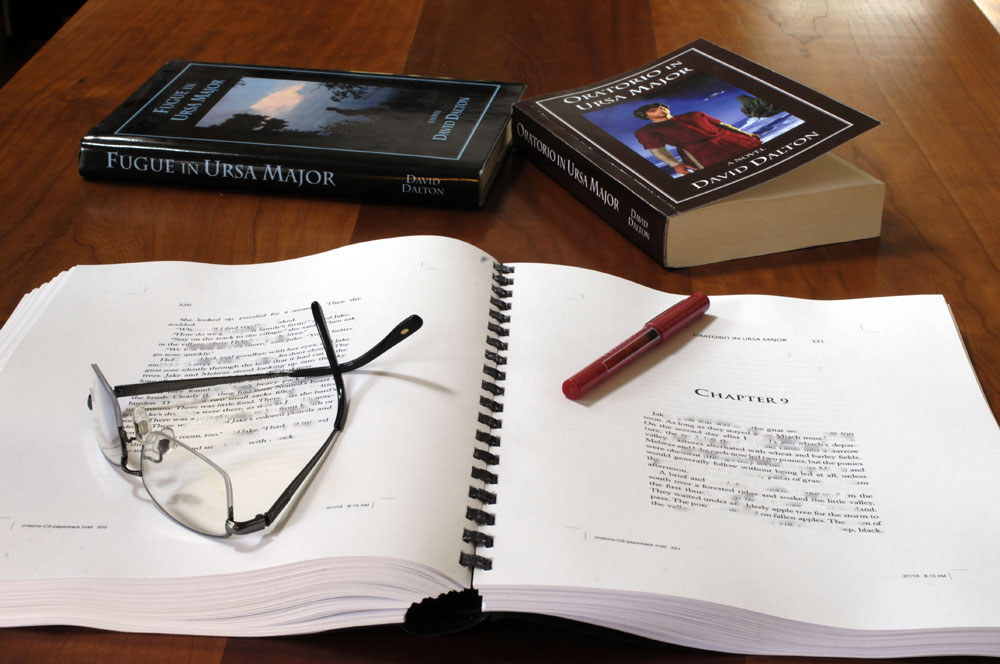The first trees I ever planted at the abbey were four arbor vitae trees, four feet high at the time. I chose them only because I like them. I think that arbor vitae trees have a kind of old-fashioned magic about them.
Now there are 13 arbor vitae trees at the abbey. I wish I had room for more. What I didn’t appreciate until fairly recently is just how important evergreen trees are to the birds. The number of birds that wintered over this year at the abbey has really impressed me. They sleep in the arbor vitae trees. At dusk, the arbor vitae trees all chirp.
The trees also provide hiding space for birds to duck into during the day. I’ve been spatting with a hawk lately that is stalking the chickens. The wild birds duck for cover if the hawk is around. The native cedar trees also provide a lot of cover. I have too few cedar trees, but I do have one very large one that fills up with doves every evening. The big magnolia grandiflora also provides lodging for lots of birds, as well as a hiding place for the chickens during the day.
I’ve decided to plant a kind of low-growing magnolia along the uphill side of the driveway. That should provide yet more bird shelter.
During the recent snows, I scattered seed on the deck for the wild birds. They ate it like crazy when the ground was covered with snow, but after the snow melted, they’ve ignored the seed. That tells me that there is no shortage of natural food for the ground-feeding birds and that more shelter may well raise the bird population even more.
By the way, don’t be tempted by Leyland cypress trees, which look somewhat like arbor vitae trees. The cypress trees (to my eye) are not nearly as beautiful. Plus I understand that they are slower-growing and more susceptible to disease.





















